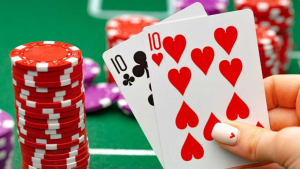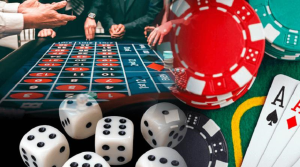Despite being one of the world’s top casino gambling destinations, Singapore is a mere shadow of Macau or Las Vegas, with its only two casinos tucked away inconspicuously in sprawling resort facilities meant to beckon residents with other delights rather than betting. The Singapore model of casinos as part of integrated resorts has been closely studied by Japan, with several Japanese government officials visiting the city state in recent years, ahead of the Japanese parliament enacting a law on Thursday to legalise casino gambling in the country.
The wealthy but strait-laced island nation broke with its Asian conservatism to allow the first two casinos to be established in 2010 as part of so-called integrated resorts – the Marina Bay Sands downtown and the Resorts World Sentosa on Sentosa Island, off southern Singapore.In doing so, it took a highly regulated, calibrated approach that tried to find a balance between the need to stay ahead of the competition as a tourist destination while also introducing safeguards to shelter the local population from the social ills of gambling. “Many governments like Japan want to study the Singapore model, maybe [because] we have effectively pioneered one in which we are able to extract the maximum benefits of casino gaming and yet minimising the downside, minimising because you can’t run away from the fact that there will be social disamenities,” said Eugene Tan, associate professor of law at the Singapore Management University.
From the beginning, the government did not envision Singapore becoming another Las Vegas or Macau. As Singapore Prime Minister Lee Hsien Loong said in 2005 when he announced the cabinet’s decision to allow casinos: “We are not aiming to become like Las Vegas or Macau, where gambling is the main industry. We will not allow casinos to sport garish neon displays on the facades and have jackpot machines everywhere.” The government made clear that casinos would have to be part of integrated resorts, and should occupy less than 3 per cent of the total area of the resort. At the Marina Bay Sands in the business district, the casino is cloistered in a huge complex dominated by an exhibition and convention centre and a shopping mall, facing the three imposing 55-storey towers of a 2,600 room luxury hotel, linked at the rooftop by the Sands SkyPark – itself an architectural feat. Despite this, Singapore’s two casinos have not only become big money spinners for the operators of the resorts, contributing about three quarters of their earnings for each of them, but also for the Singapore economy. Visitor arrivals numbers to the city state jumped from 9.7 million in 2009 to 15.6 million in 2013, and stood at 15.2 million last year, according to data from Singapore’s Department of Statistics. Tourist receipts jumped from S$12.8 billion (US$8.8 billion) in 2009 to S$22 billion last year.
Together, the two resorts accounted for between 1.5 and 2 per cent of Singapore’s economy and created more than 20,000 jobs. However, there is also a dark side to casino gambling.









